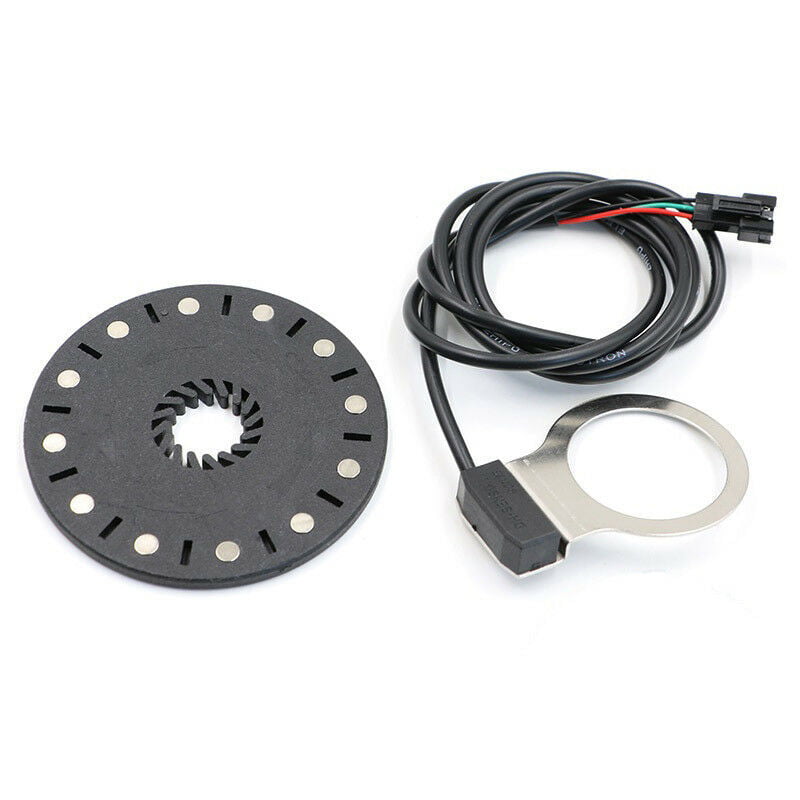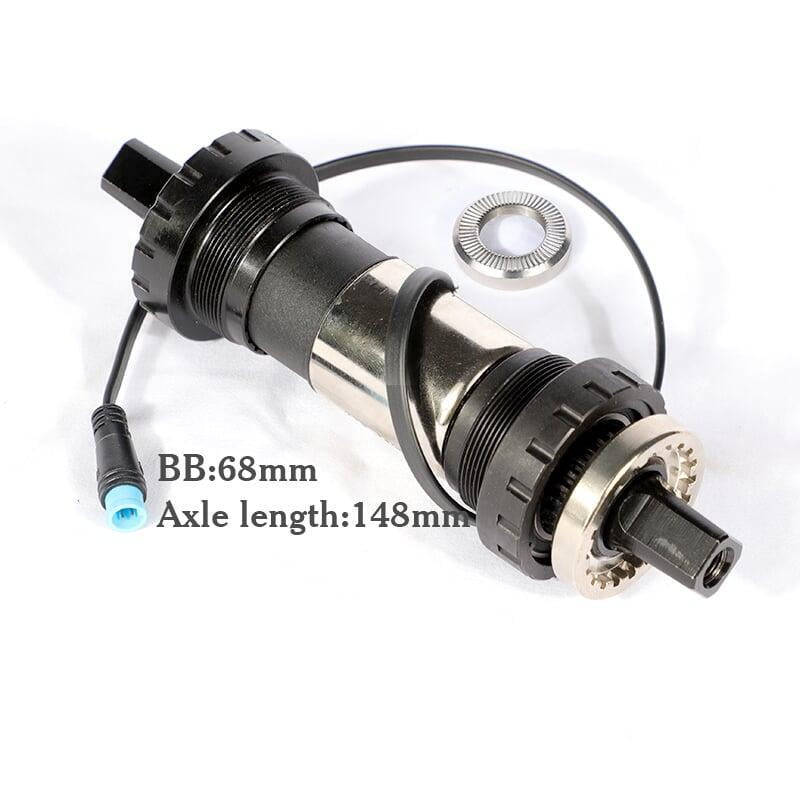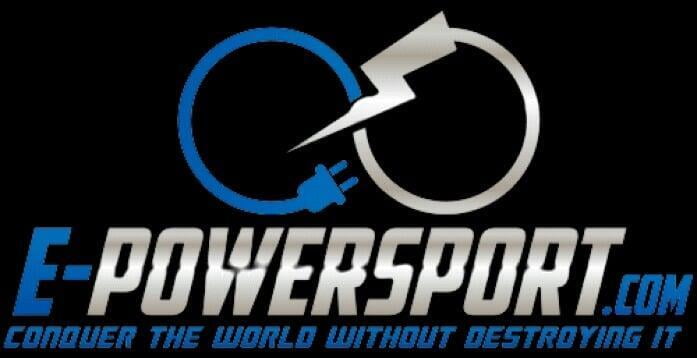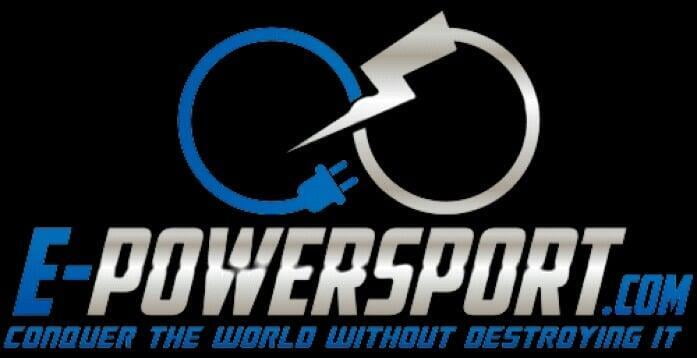To Torque or Cadence that is the Question.....Videos at the Bottom
When it comes to most industries there's questions that get asked over and over. Comparisons that were made before done again and again. The E-bike industry isn't immune to these questions. In some ways, being a newer and developing industry, it has even more than others. The big question we're going to address today is the not so age old one of, "Is a Torque Sensor better than a Cadence Sensor for E-Bike Riding?". And really, is it that simple?
There's a lot of people out there that will tell you, "You should only get an E-bike with a Torque sensor." But there's even fewer that will tell you to get one with a Cadence sensor. I think the above response is an easy one. To flatly say you should do something makes the overall sales and education process easier for the Sales Rep. But, there are some valid reasons those people would say to get a torque sensor. For example, if you have a mid-drive E-bike a torque sensor is preferred. It will be inside the motor, close to the controller and able to provide immediate feedback to the Pedal Assist System. Oh, wait, what? You don't know how these sensors work with the Pedal Assist? Let's back up a second.....
So, the Cadence and Torque Sensors are used on E-bikes to tell the controller how much effort you're putting in and, based on the pedal assist setting, how much power to assist you with on your ride. Let's say your cruising your E-bike with your Pedal assist set to 4. As you pedal those sensors tell the controller you're putting in some effort. The controller tells the motor, "Hey, looks like they're doing about 10mph, the setting says we should help them up to 18mph. Push it to 18mph." And the motor puts in the extra effort. Even more "Basic" if you need it, sensor takes reading telling motor how much to help.
Ok, now that you know what we're talking about let's get to talking about it. When it comes to sensors, any kind, there's something called a Sample Rate. It's how often the sensor takes a reading. With a Torque Sensor this is almost a constant Sample Rate, and with a Cadence sensor it depends on the number of magnets, but we'll get to that. Generally, a Cadence sensor is going to have a much lower sample rate than a Torque sensor. And that's OK, because even the little Cadence Sensor is strong enough, light enough and gosh darn it, it works in the right application.
Cadence Sensors

Both sensors work by checking their measurements at the crank/pedals. Let's dig into each of these sensors individually. Starting with the simplest, the Cadence Sensor. For pedal assist systems a Cadence sensor is a set of magnets in a circle, with a sensor that checks each time it passes by a magnet. By telling the controller how many of these magnets are on the disc the controller can get a sense of how fast you're pedaling based on passing the magnets on the disc. It's not the most accurate method. This lack of fine accuracy means you will experience some delay and some pedaling slack.
*Pedaling slack is what happens when you're pedaling is out of sync with the electric motor. This normally occurs at higher speeds as it's harder for and compensate between your pedaling and speeds above 25mph. This phenomenon isn't reserved for Cadence sensors, but we'll talk about that in a minute.*
As far as the Cadence sensor is concerned, you need to understand, it is a ring of magnets sitting on the pedal crank. It reads the revolutions your pedaling produces and tells the controller in a rough sense how much to put back in. Because of this you may hear E-bikers refer to pedaling a Cadence based E-bike as "Dummy Pedaling". You're pedaling, the action is taking place, but there's no heavy resistance. It's telling the motor to push, but your effort contribution is less direct and more direction to the system to go.
As an Example, you can take the chain off a Cadence based system pedal and the motor will kick in. Pedal as fast as you can with no resistance and the motor will leap into accelerating you forward with all it's might.
Of course, having a chain on your E-bike makes it much easier should you run out of battery, so we don't recommend doing this unless you're chain breaks or you absolutely need to.
Torque Sensors, Better, but are They?

When you go and buy something, anything, there's always the idea in the back of your mind, "If I pay more, it's better." I think this combined with the more finite Sample Rate, we mentioned above, give E-Bike enthusiasts and Technicians alike the ammo they need to say flatly, "A torque sensor is better than a Cadence Sensor." And if the world and choices were so simple it might be so. The IRL is we all have different needs, concerns and budgets. Let's cover the first thing about a Torque sensor, they are more expensive.
For example, if you need to replace your Torque sensor it's quite a bit of work, taking up to 2-3 shop hours in total. The part itself is also 10+x more expensive than a top Cadence sensor. If you have a limited maintenance budget for your E-bike purchase one with a Torque Sensor may be nice, but may not be your best option for cost effective maintenance. Altogether, completed shop repair, you can expect to pay $400-$500 to replace a torque sensor. The good news is they don't fail very often. So why are they so much more expensive? The sensors used and the full crankshaft build means lots of specifications to fit. It means lots of little internal parts. If you remember from above, a Cadence sensor is some magnets on a disc and another disc that spins and reads how many times it passes. With a Torque sensor it's translating the force you use to push down on the pedals into a number the controller can understand. The controller then does the same thing it would do with the Cadence Sensor, it tells the motor how much effort to put in.
Torque Sensors are really good for when you need quick response and low, finite power. This is why most eMTBs, Electric Mountain Bikes, use a Torque Sensor. When you're on a single track trail, or going over very technical terrain, you want something that will respond quickly and accurately to your applied force. A Torque Sensor is made for just this purpose. It's also why some people will tell you it's more Natural Feeling to use a Torque sensor. It's in these applications we highly recommend using or purchasing an E-bike that uses the Torque Sensor. We've used Cadence sensors for this type of riding and though doable, it's more difficult and does require you to be more conscious of pedaling vs using the throttle.
Another thing to consider about a Torque Sensor vs a Cadence sensor is are you riding at higher speeds? As just mentioned, Torque Sensors are best used for slow, accurate riding. As you approach speeds in the 28-30mph range, a Torque sensor drops to operating much like a Cadence sensor. You'll even begin to notice some of that "Pedal Slack" we highlighted above. This is because you can't pedal as fast without appropriate gearing, once you get to those upper speeds your torque matters less and how fast you're pedaling takes over.
You Talked Enough Now Tell Me, Which is Better?
That is why you spent so much time reading this blog article, isn't it? OK, well again, the answer isn't as simple as one is better than the other. To get to it, if you intend to ride a lot of trails, out in the woods, desert or wherever, you probably want something with a Torque Sensor. It will give you he finite control to ride smoothly through the more technical areas. You're skill is still required, but it'll be easier than with a Cadence sensor E-bike.
That's not to say Cadence sensors don't have their place. If you intend to ride more on the street, casually or off road, but more forged trail a Candence sensor will do just fine. Additionally, this is the preference when your E-Bike has a Throttle. Though you will find eMTBs with throttles and Torque Sensors, most other E-bikes go to using the Cadence sensor with throttles.
Again, keep in mind, future maintenance. A Candence sensor will cost about $80-$100 to replace full shop time, where a Torque Sensor can be hundreds of dollars to replace.
Both sensors and their response level to your pedaling is adjustable, play around see what works for you. So, which is better really depends on your preference of riding, ability to afford replacement and if you want to say you're E-bike uses the most expensive parts or if you're cool with getting around.
Notes From the Resident "Mad Scientist"
Ok, so now that you're read up, you know the differences, benefits and some of the draw backs, I'm going to tell you what I think about these things. Torque Sensors, nice, but if you have a throttle or don't go out on really technical trails, kind of a pain in the ass. It works great on the Pedal Assist Only E-bike we have here. But, I like to go fast and ride hard, you get used to the way it helps in the lower speeds and when it starts slippin' and trippin' it's WAY more noticeable. Like if you had a Ferrari and it got scratched. WTF?!?!?! Kind of the same feeling when you're blasting along and you get the pedal slip. Almost "Racked" myself a couple of times on the seat when the pedal slip kicked in.
My personal preference is for Cadence Sensors. Once adjusted and you get used to it, they are really nice. I know I have to get one or two turns before mine kicks in. How I have it set, it's smooth and not over whelming. It was at first, almost fell off the bike. With the Candence Sensor dialing it in is important. Once you do though, you'll cruise along barely pedaling at 40+mph. It's like you're on an exercise bike flying down the street. Though it's, "Dummy Pedaling" I've found you still get a workout, heart rate elevates and you still have a lot of fun.
I'd still want a Torque sensor on a mid-drive eMTB. Especially if I was going out on some really rough or hilly areas, but I've been just fine with a properly dialed in Cadence sensor on the 8kw Thoroughbred. What's you're thoughts on this highly debated question?

